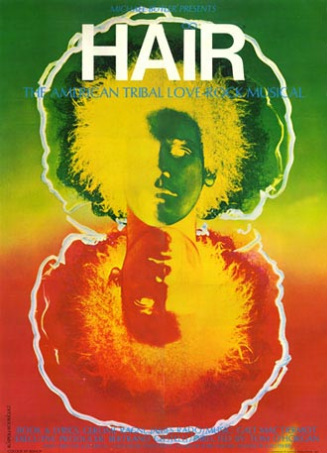Unless, of course, I’m mistaken and I write to you from within the vapors of some posthumous hallucination, the world having ended some time ago, embarrassingly unbeknownst to me, and here I sit, suspended in my mind, imagining readers out there when in fact, there is no one out there.
Of course, many systems of truth hold this to be precisely the case anyway, without the “world” needing to end. But I digress.
“The End Of The World” is an excellent product, fitting neatly into an explanation of life I call The Threat To Survival Theory. According to this explanation of existence, life is the struggle of the ego to survive (Actually, the continuous and arduous propping up of an illusion.) What people are up to, the theory goes, unconsciously and perversely, is the continual re-creation of earlier experiences of real or imagined threats to survival that were successfully survived. Hence the popularity of horror movies and relationships.
This theory explains the current fascination, the groaning shelves of books, and the major motion picture all devoted to a single year that hasn’t even come yet: 2012. The portents of doom surrounding 2012 involve a whole set of real or imagined cosmic and ecological events, but the main driver for the tang of apocalypse is the Mayan calendar. The Mayans were incredibly advanced mathematicians and astronomers, considering that when they weren’t computing, they were ripping out human hearts and laying them on slabs to propitiate the gods. The famous Long Count Mayan calendar outlines the history of the world from beginning to end. And the end is on December 21, 2012.
One noted astrophysicist said: “The Mayans were 13.7 billion years off in their estimation of the beginning of the world. Why would they be accurate about the end of it?” But with the final chapter of the Mayan Book of Life so near upon us, it can’t help but give us pause. And thus I paused recently at the base of the Kukulcan Pyramid at Chichen Itza, the chief Mayan site on the Yucatan peninsula. The pyramid is an astronomical instrument carved in stone. During the vernal and autumnal equinoxes, at precisely 3 P.M., sunlight bathes the snake-shaped balustrade of the main stairway and forms seven isosceles triangles along the body, eerily simulating the plumed serpent, Kukulcan.
Another fact: if you add up 91 steps on each of four sides and then add the platform at the pinnacle of the temple, you get 365, the days of a year.
Fascinating stuff, but nothing about 2012. Not a single intimation of a world ending seemed legible in the ruins. Like everywhere on this sponsored planet, commerce was the major key. The site had become a vast marketplace, and all things Mayan were available in stone, wood, fabric or T-shirt. Even the Long Count Calendar, silently urging the sellers to hurry, they’d be closing in three years. The sellers were small and almond-eyed, remnants of the Asiatic peoples who crossed the land bridge into the Americas eons ago, remnants of the Indians butchered by the Spanish in the name of God centuries ago.
Two days earlier, New Years Day 2010 had come, but I was elsewhere: on a beach in Playa del Carmen, an hour down the coast from Cancun. In the presence of a handsome 16-year old named Cameron Wolfe, we watched the year turn with sand beneath our feet and fireworks above our heads. It was hard not to recall the Dylan line: “To dance beneath a diamond sky with one hand waving free, silhouetted by the sea…”
Maybe we’ll return one day. Maybe on New Year’s Day 2013.




 RSS Feed
RSS Feed